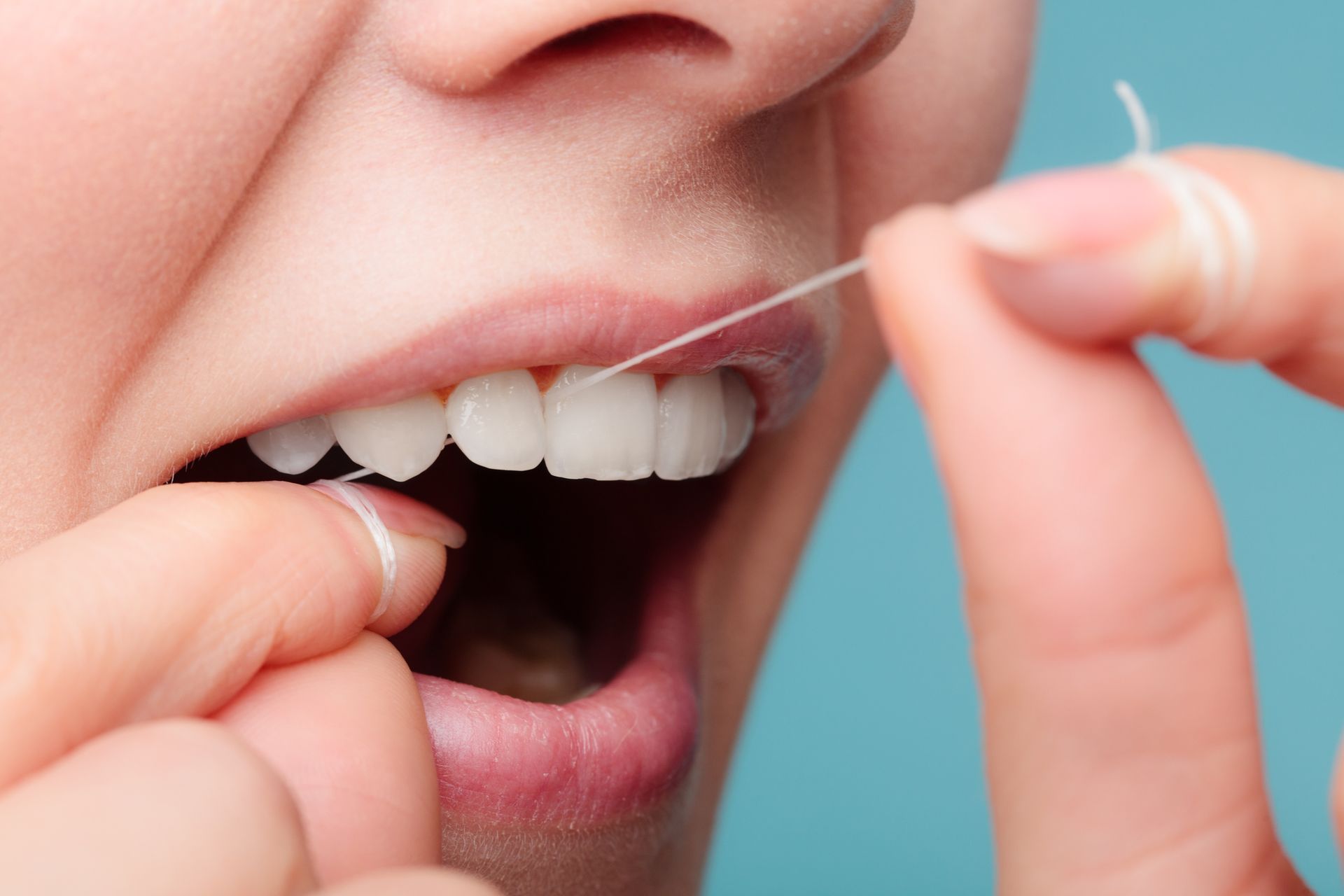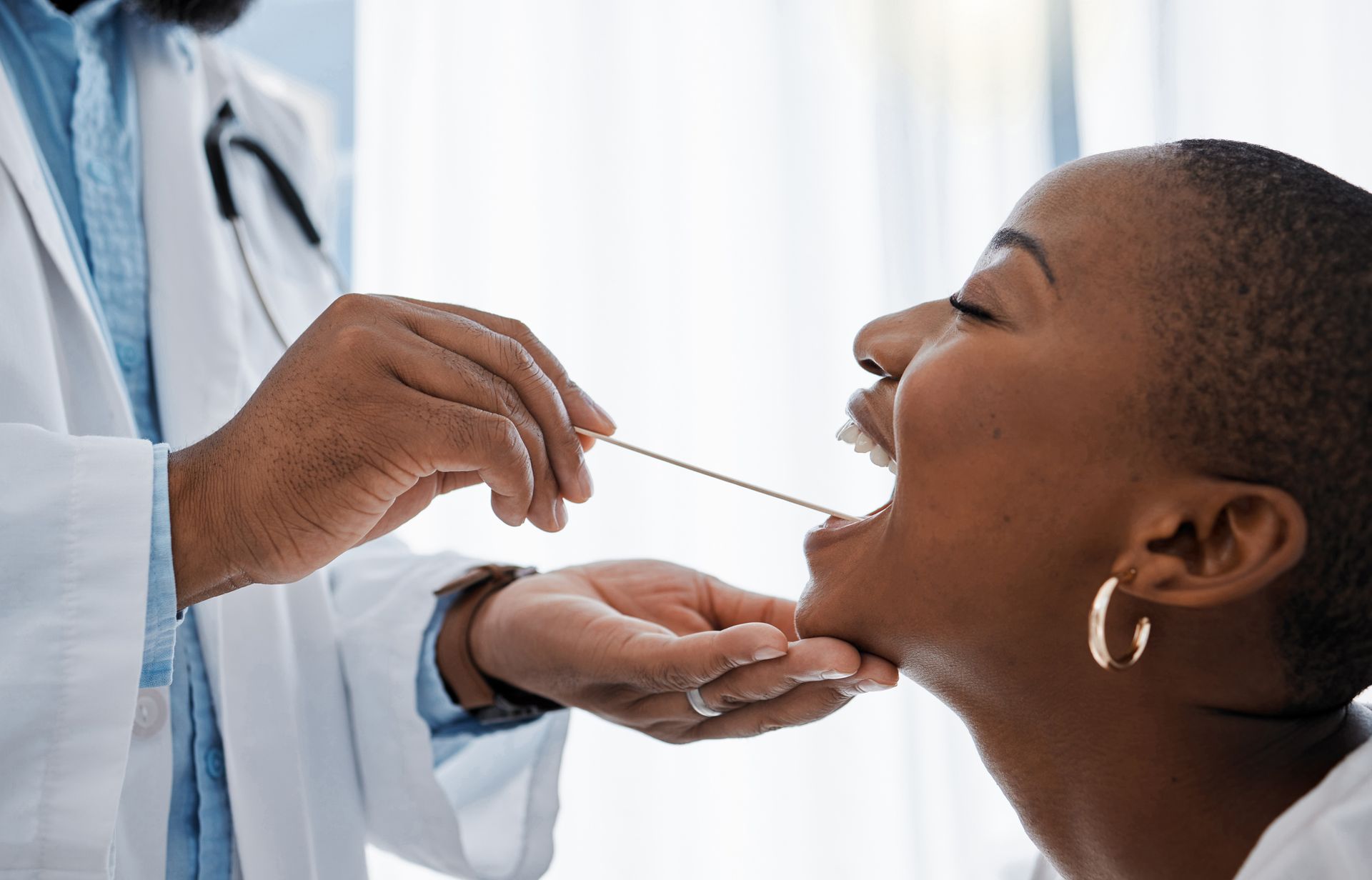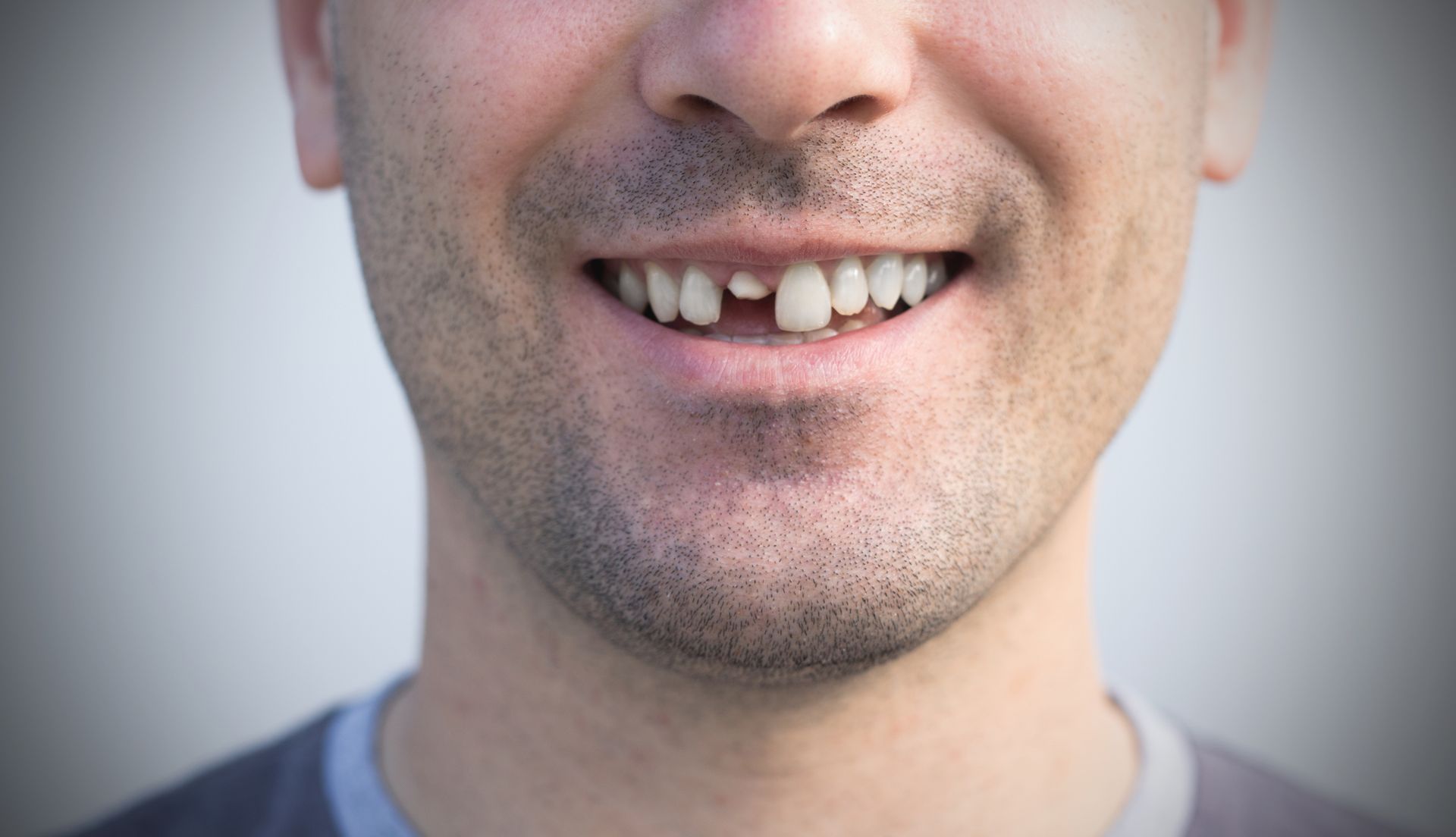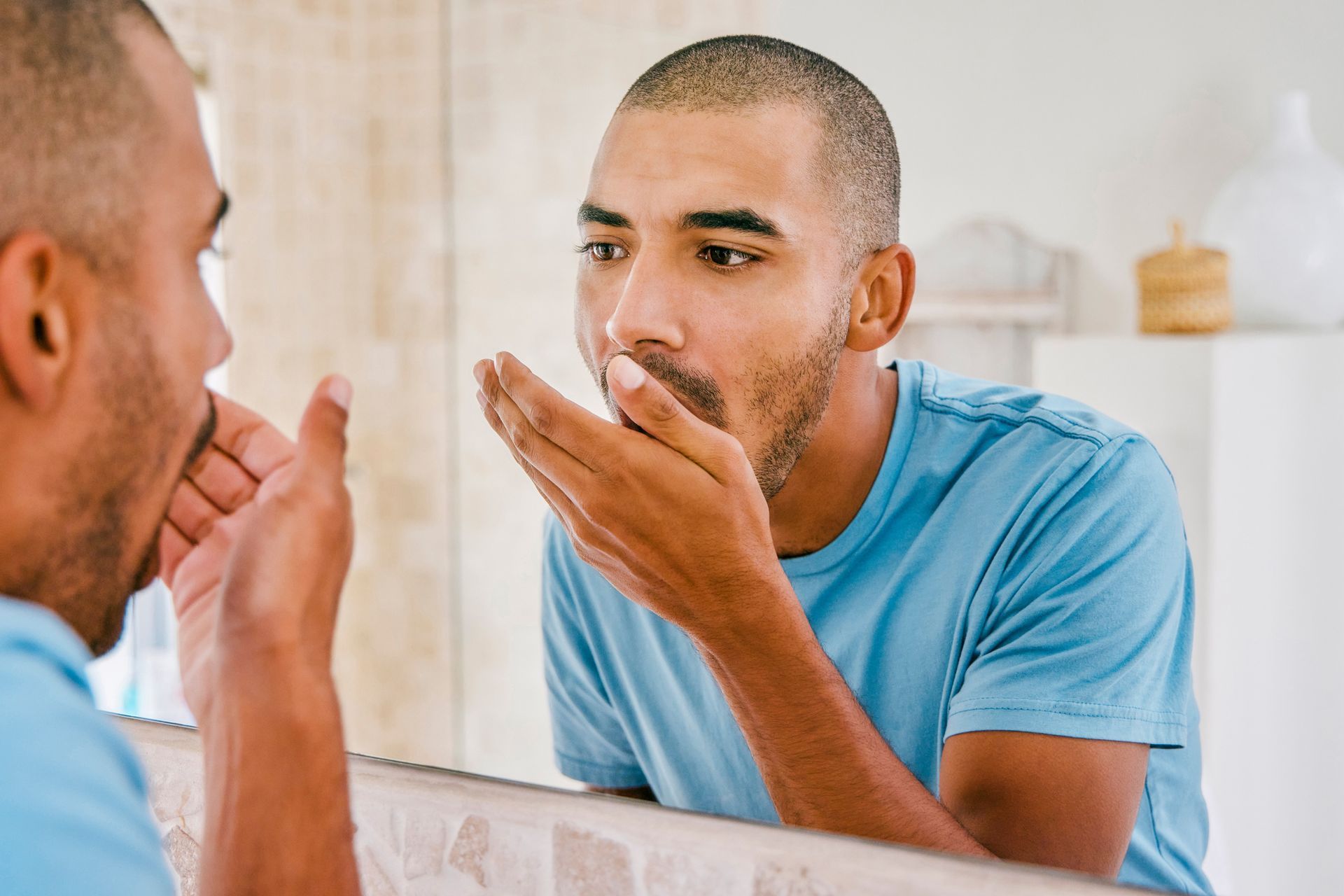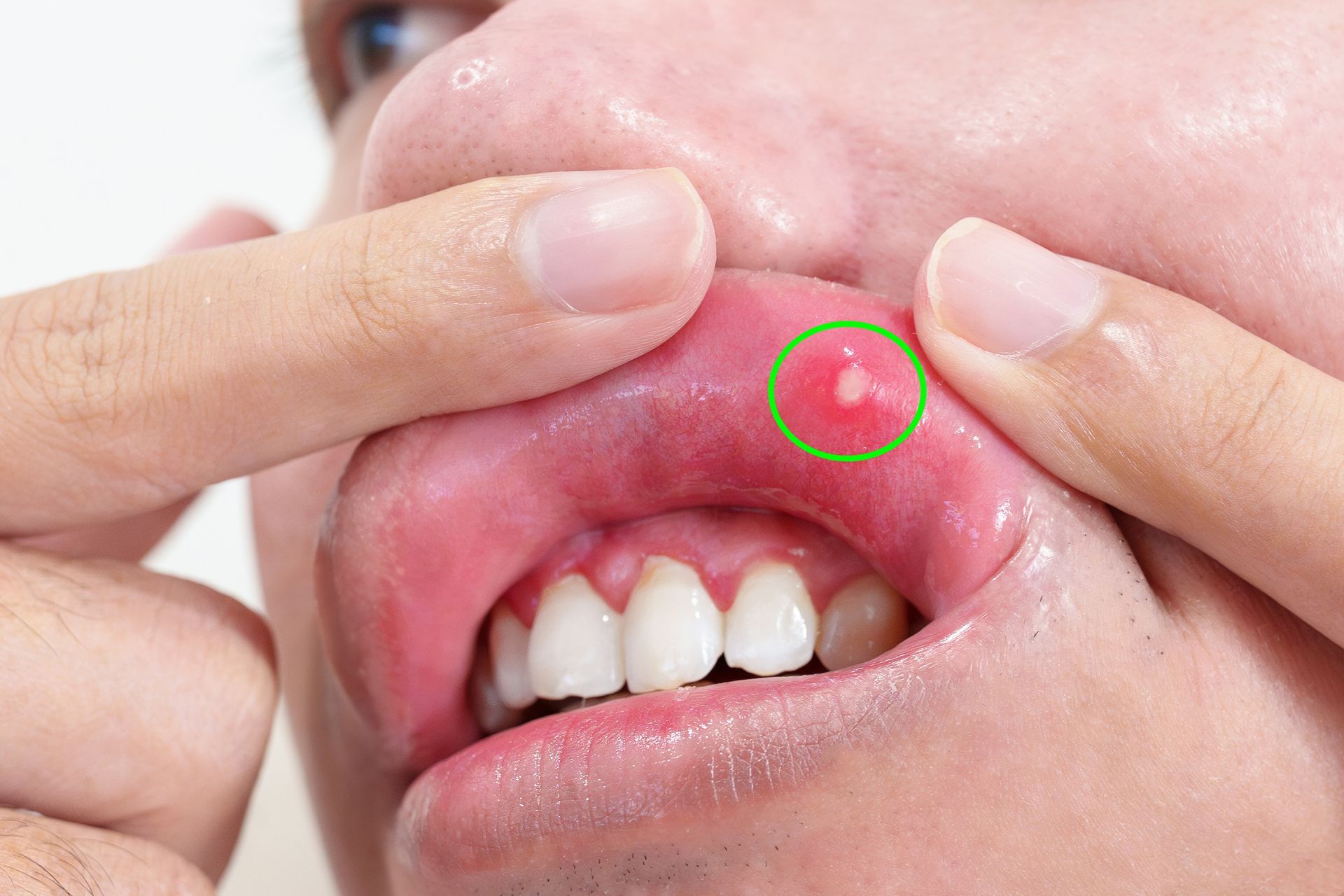The Darker Side of Coffee: It Does More than Stain your Teeth
If you’re depending on coffee to start your day and keep you going, you may want to think twice before imbibing your next cup of Joe. Sure, it’s tasty and gives you an extra boost, but it can also have some serious consequences for your teeth.
Here’s a look at what java can do to your mouth and what you can do about it.
Serious Stains
As a general rule of thumb, if a liquid can stain your clothing, it can stain your teeth. And coffee, over time, is notorious for staining teeth.
This is because of the tannins in coffee, a form of polyphenol. Tannins break down in water and cause colored compounds to stick to your teeth. Since tooth enamel is porous, those tannins can leave a yellowish hue on your teeth.
Fortunately, you can reduce surface stains with a professional teeth cleaning by a dental hygienist. Teeth whitening treatments can also eliminate surface stains. But for older, deeper, and more complex stains, you may need veneers, which are bonded to your teeth to restore whiteness and brightness.
Enamel Erosion
Foods and beverages with a high acidity level can affect your tooth enamel, and unfortunately, coffee is very acidic. If you drink it regularly, it can eventually erode the enamel and leave your teeth susceptible to decay.
This also leads to the perceived darkening of your teeth by increasing their translucency. Without the whiteness that enamel gives your teeth, they appear darker in your mouth.
To prevent or reduce this erosion, sip your coffee through a straw to avoid direct contact, especially with the front surfaces of your teeth. Also, avoid swishing coffee around inside your mouth. After drinking, rinse your mouth with water as well.
It may seem like a good idea, but don’t brush your teeth for at least 30 minutes after coffee. Brushing so soon afterwards, while the acids are prevalent, can erode the enamel even further.
Any well-designed fluoride toothpaste will make enamel more acid resistant. Choose a major brand, because a lot of research goes into proper formulation.
Coffee Breath
We know you like the effects of caffeine, but this is also an ingredient that can cause bad breath. It does this by slowing the production of saliva. With less saliva, which helps kill the bacteria in your mouth, the bacteria that cause bad breath can grow out of control.
To reduce coffee breath, chew a stick of sugar-free gum after your cup of coffee. This will stimulate saliva production.
The Bottom Line
Prevention is best. While teeth whitening, veneers and well-formulated fluoride toothpastes can help with coffee stains, it can’t reverse enamel erosion that can lead to decay and loss of enamel. Swishing and drinking water along with chewing sugar-free gum is also good, but they may not eliminate coffee breath.
What’s best? Decrease or eliminate your coffee consumption. Can’t give it up? Limit yourself and use the suggestions mentioned above. In addition, have your teeth professionally cleaned and examined on a regular basis to keep your teeth and mouth healthy.
As always, practice good teeth care at home.
If you feel you do have coffee-stained teeth, see our cosmetic dentistry services, including teeth whitening.




